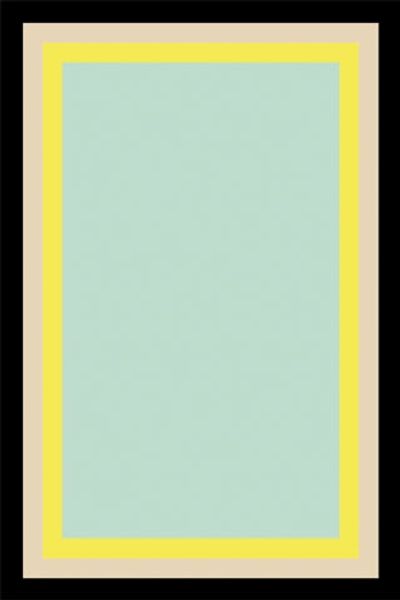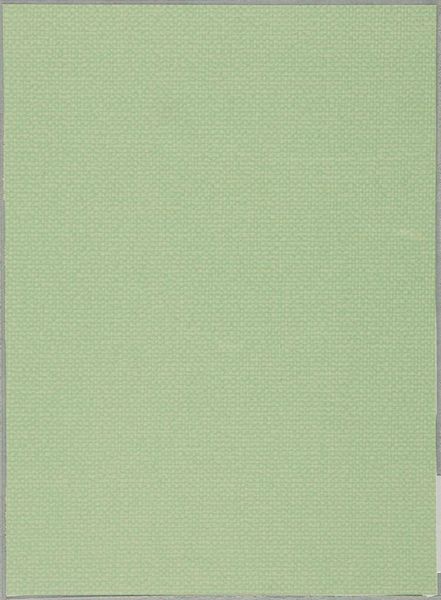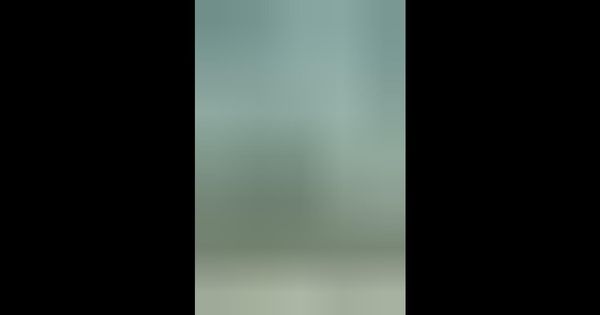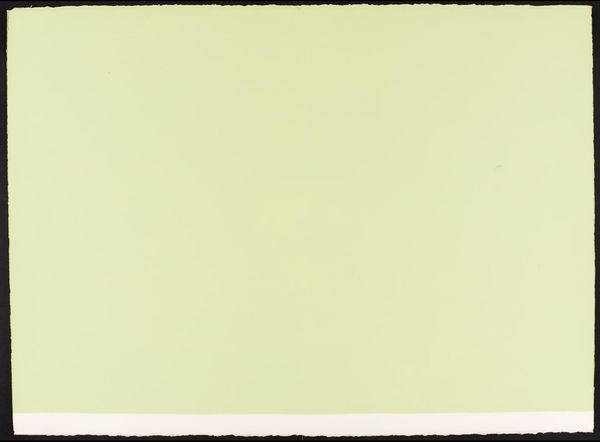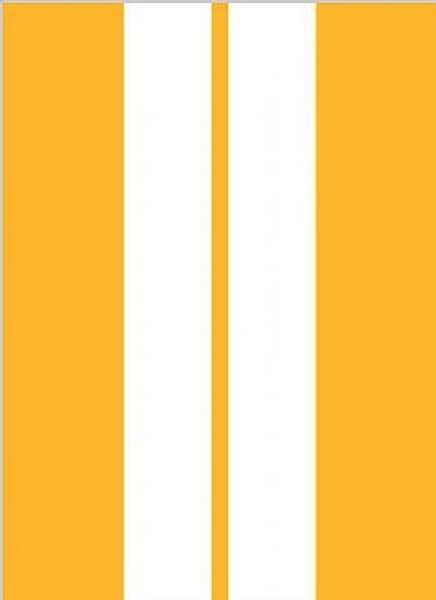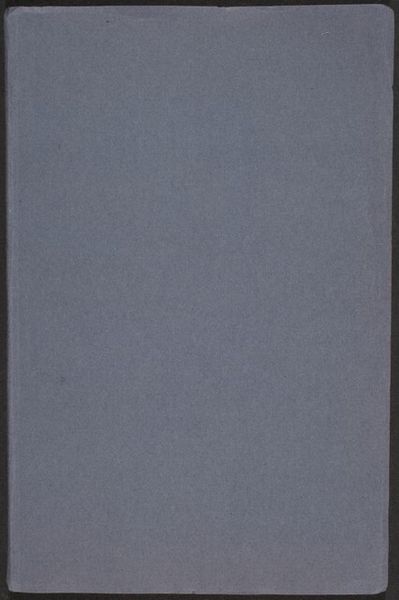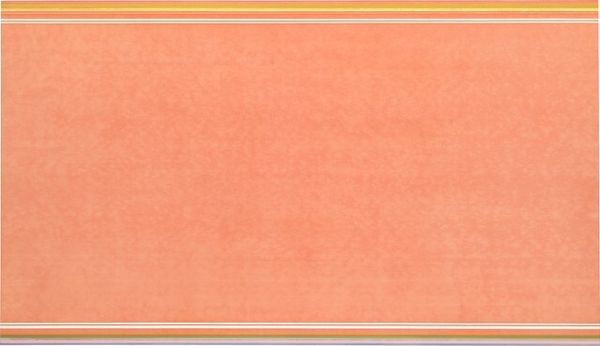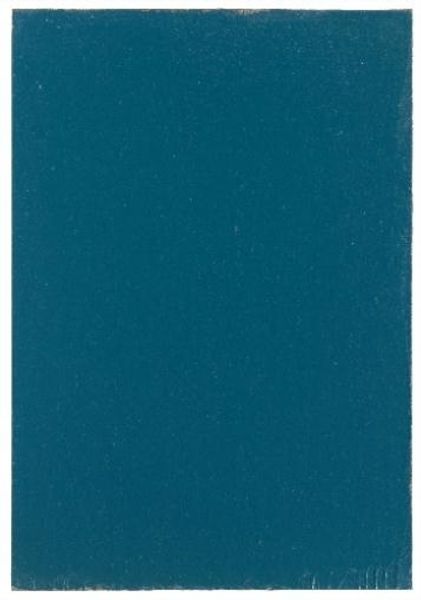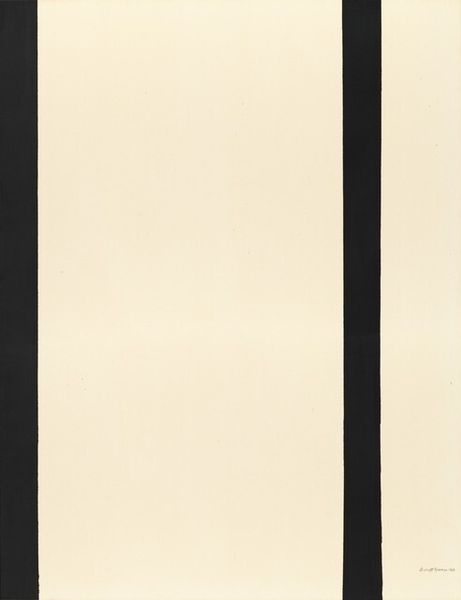
painting, acrylic-paint
#
painting
#
colour-field-painting
#
acrylic-paint
#
geometric pattern
#
rectangle
#
geometric
#
abstraction
#
modernism
#
hard-edge-painting
Copyright: Ronnie Landfield,Fair Use
Curator: My first impression of this piece, Ronnie Landfield's "Series Painting 2" from 1966, is that it exudes tranquility, maybe even serenity, with that expansive, soft-hued field of color. It feels very quiet. Editor: Quietude, yes, but I think that kind of stillness can be politically charged, especially in the context of the 1960s. The art world, museums, they were predominantly white spaces exhibiting art often disconnected from the struggles of the Civil Rights Movement. So, abstraction takes on another layer, almost a rejection. Curator: That's a fascinating angle. It is true that minimalist color field paintings offered a sharp contrast to the social realism of earlier movements. But "Series Painting 2", composed of acrylic paint on canvas, also signals a specific moment within art institutions. Post-war, you see a growing curatorial and market focus on abstract and non-objective works, and you get into complex discourses about what constituted "American" art. Editor: Exactly, this piece becomes more complex when considered with other radical movements challenging formalist ideals, such as artists critiquing elitist gallery practices. Even something so seemingly simple speaks volumes about what wasn’t represented, who wasn't in the room during those conversations. I see this minty surface, framed by this very specific light beige, as pushing against certain narratives but also benefitting from them, because it still gained traction as an important abstract artwork. Curator: Well, Landfield exhibited quite steadily, including having solo shows at fairly significant galleries of the era, and we also should not disregard his contemporaries like Walter Darby Bannard. "Series Painting 2" demonstrates this hard-edge painting's preoccupation with geometric composition as pure formalism—a self-referential exploration of color and form. I don’t know, the tranquility in it appeals to me. It seems genuine, although informed by larger debates. Editor: And that formal purity becomes an interesting contrast. How is ‘pure art’ engaged in society whether intentional or not? How do historical currents shape seemingly neutral artistic choices? Considering such factors, the placid, pristine, and clean colors open onto all manner of avenues for discussion. Curator: You are right, considering these broader social implications undeniably provides richer insight to our visitors. Editor: Indeed, this brief time examining the artwork should prompt museum goers to think critically about its place, and hopefully inspire more consideration beyond first glances.
Comments
No comments
Be the first to comment and join the conversation on the ultimate creative platform.
